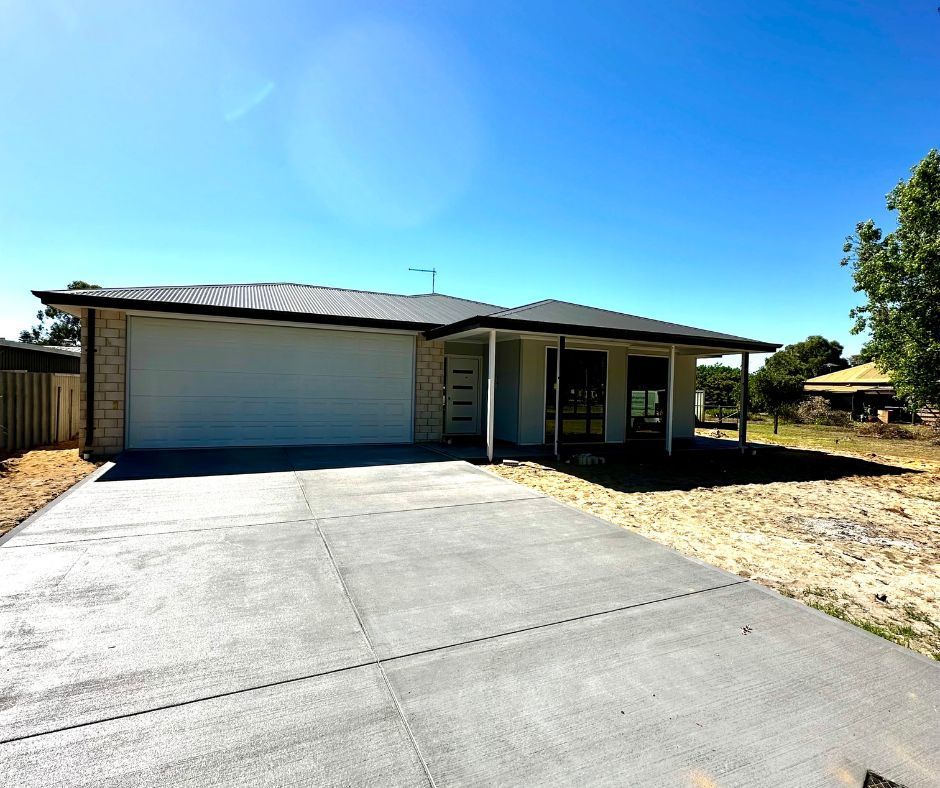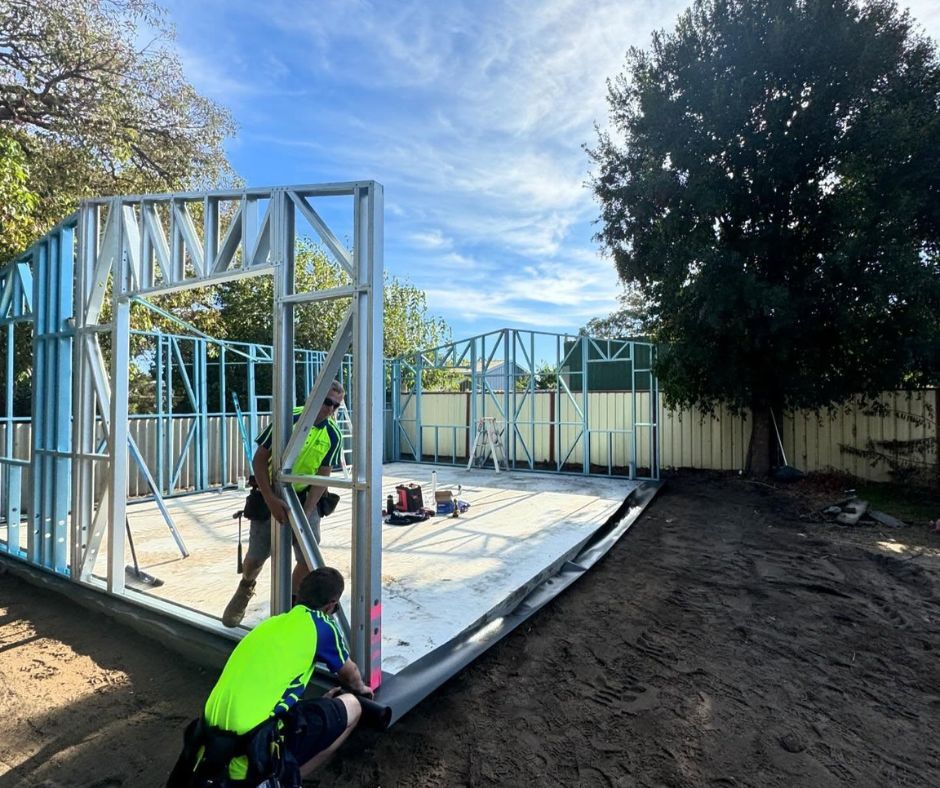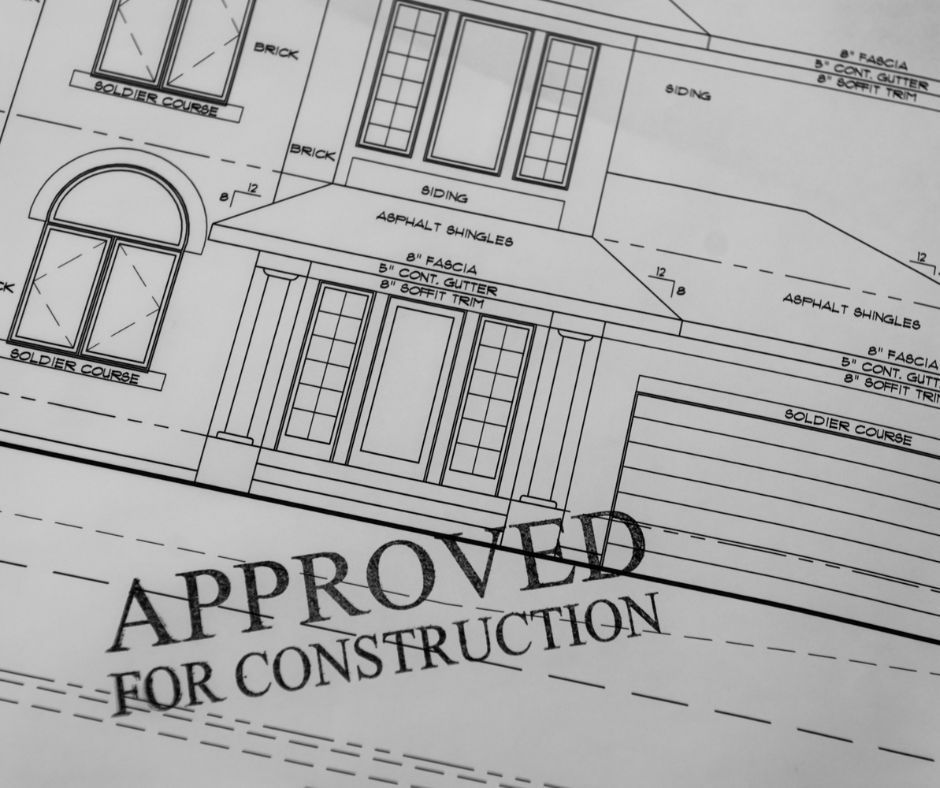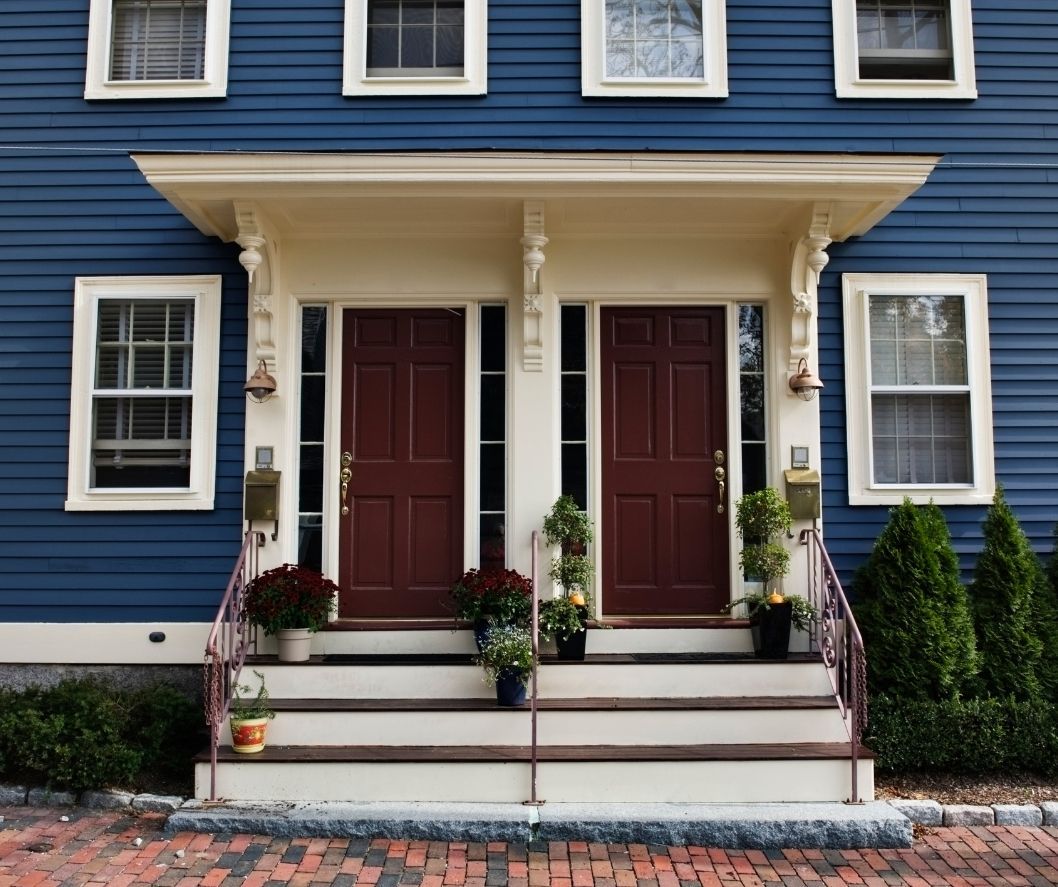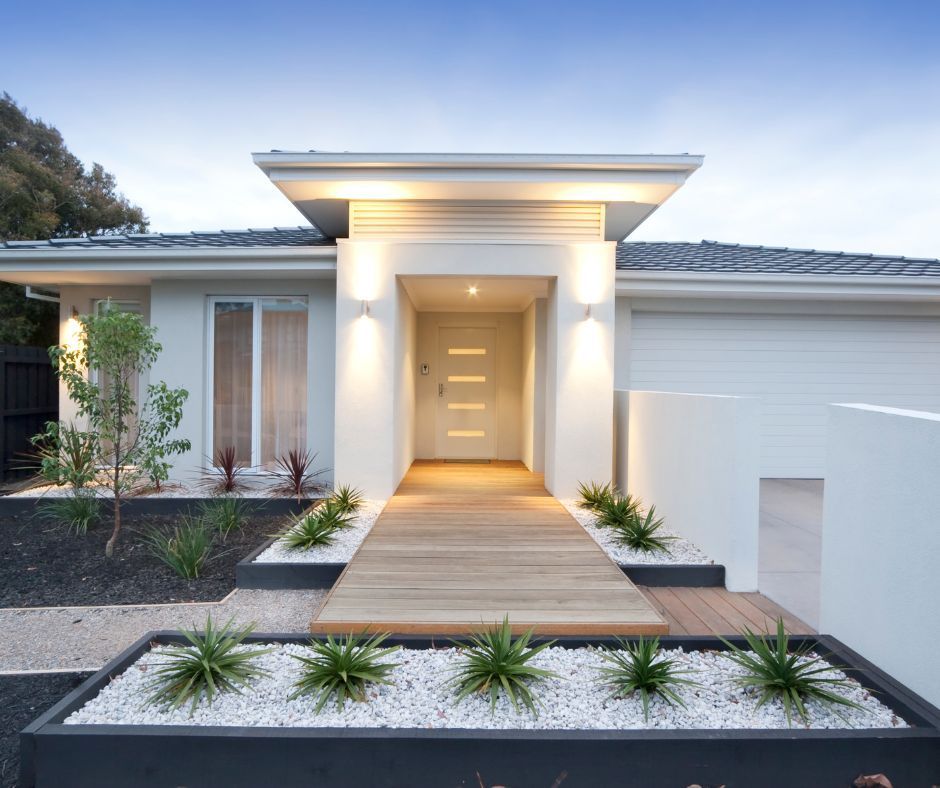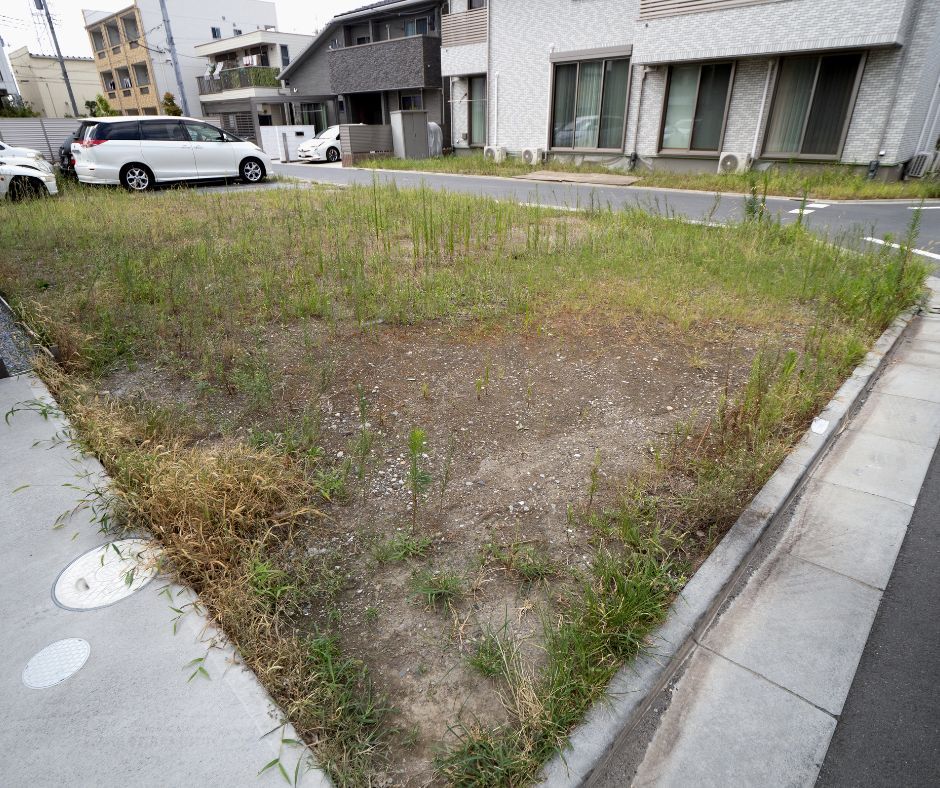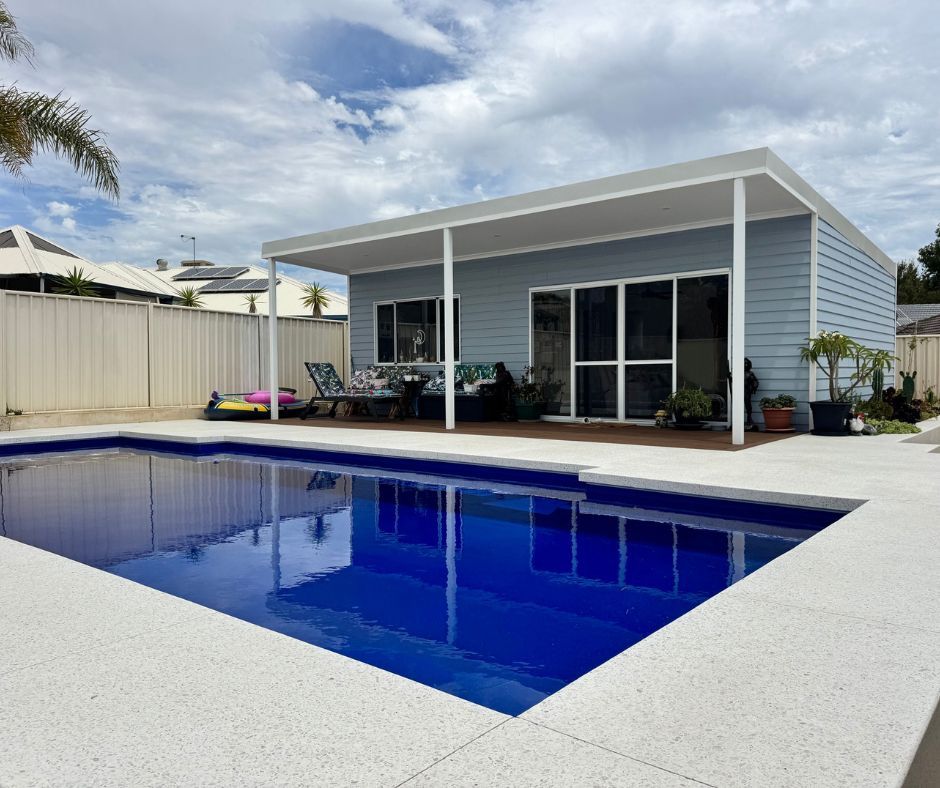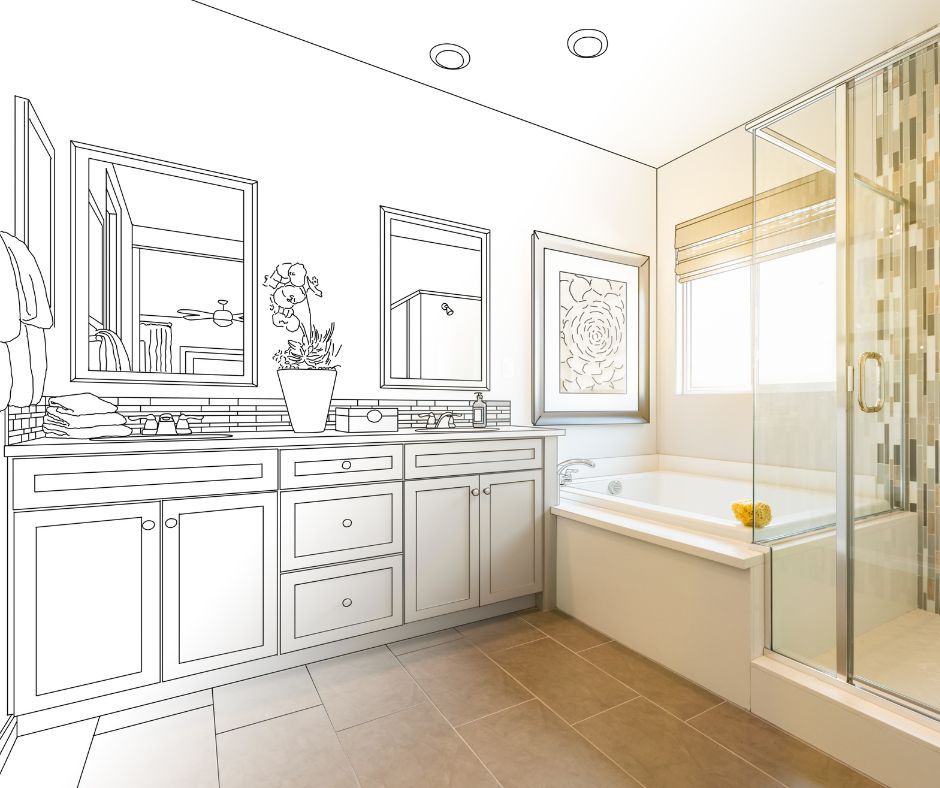House Extension or Granny Flat: Which One is Right For You?
Expanding living space is a significant decision for homeowners looking to accommodate growing families, create rental opportunities, or simply enhance the functionality and value of their property. There are two popular options for this, a granny flat or extension of the existing house.
While both options offer increased space, they come with distinct differences and considerations that should be carefully weighed before making a decision. Through this guide, we will explore the key differences between a house extension or granny flat, examining various factors such as cost, construction timelines, and long-term goals. By gaining insights into the key differences between the two, homeowners can better evaluate which option suits their requirements and preferences.
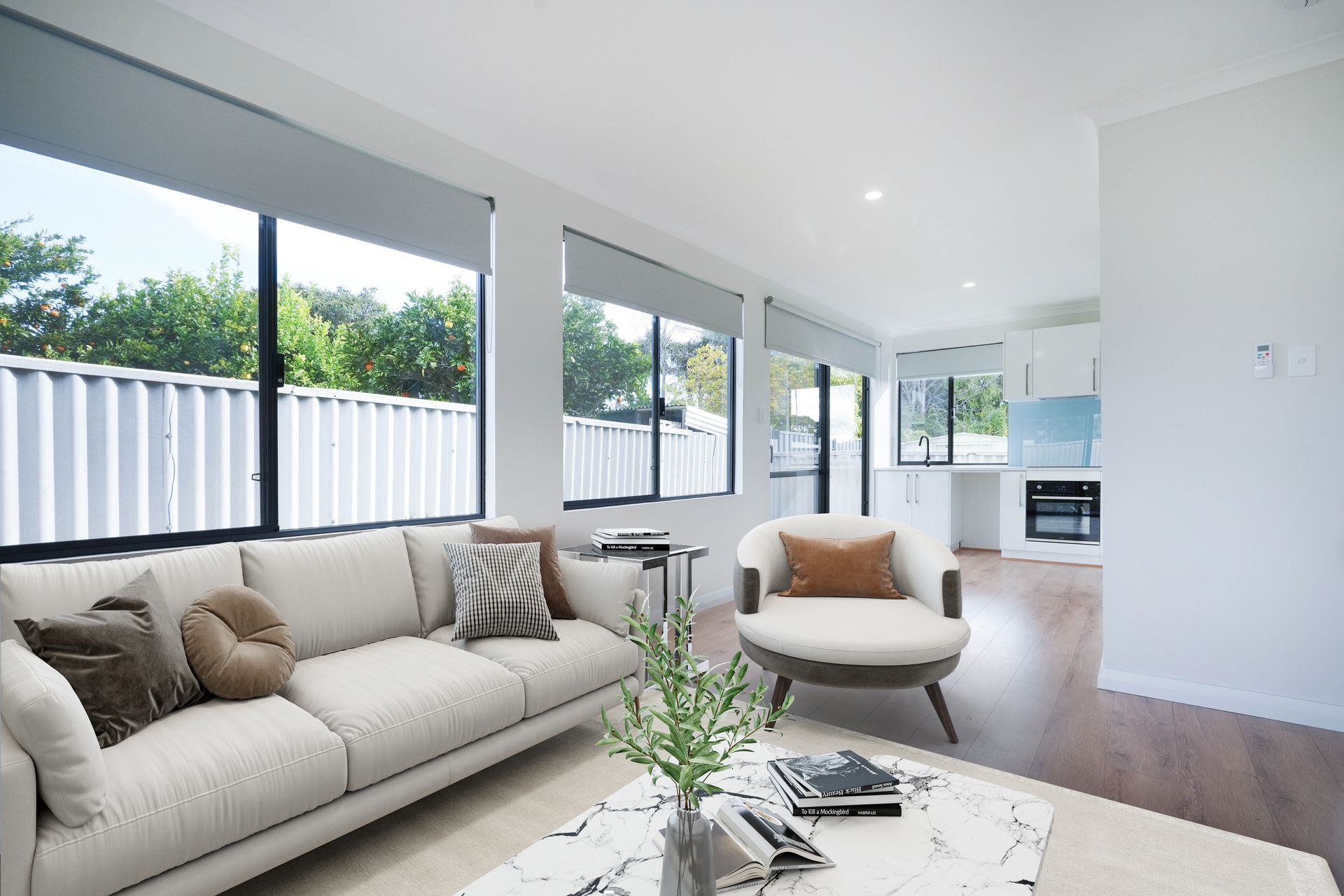
A House Extension or Granny Flat?
When considering expanding living space, homeowners often weigh the options of a granny flat or extension. Both choices offer unique advantages and cater to different needs, making it essential to understand the distinctions before moving forward.
A house extension involves expanding the existing structure of the home, which may include adding extra rooms, a new floor, or enlarging existing spaces like the kitchen or living room. This option seamlessly integrates with the main house, providing a unified living experience for the occupants.
On the other hand, a granny flat, or accessory dwelling unit (ADU), is a standalone structure typically built in the backyard. It offers a separate living space with its own entrance, kitchen, bathroom, and living areas, providing privacy and autonomy for its occupants.
It's crucial for homeowners to assess their lifestyle, budget, and long-term plans for their property when making this decision. While a house extension may require less initial investment and construction time, a granny flat offers versatility and potential for additional income streams. Ultimately, the decision between an extension or granny flat depends on individual preferences, needs, and constraints. We will explore some of these below.
Pros and Cons of Granny Flat or Extension
When contemplating either a granny flat or extension to expand your living space, it's essential to weigh the pros and cons of each option. Understanding these factors is crucial for maximising the benefits of your dream space.
Granny Flats
The Pros:
Additional Income Stream
Granny flats offer the opportunity for homeowners to generate rental income by leasing out the space to tenants or listing it as an Airbnb rental.
Increased Property Value
Adding a granny flat can significantly enhance the market value of a property, making it a profitable investment in the long run.
Quick Construction
Granny flats typically have shorter construction timelines which allow homeowners to enjoy the additional space much faster compared to a house extension.
The Cons:
Outdoor Space Consumption
Building a granny flat in the backyard occupies outdoor space which diminishes the areas for landscaping, gardening, or outdoor activities.
Regulations
Depending on local zoning laws and building regulations, obtaining permits for constructing a granny flat may pose challenges and add complexity to the process.
House Extension
The Pros:
Customisation
With a house extension, homeowners have the freedom to customise the design and layout according to their specific needs and preferences, creating a personalised living space.
Value Addition
Well-executed house extensions can significantly increase the overall value of the property, offering a high return on investment.
Space Saving
House extensions, whether vertical or horizontal additions, efficiently use space by extending from the footprint of the current structure. This minimises additional land use in contrast with granny flats that often require a separate plot of land and occupy more outdoor space.
The Cons:
Complexity
House extensions often involve intricate planning, architectural considerations, and coordination with contractors, adding complexity to the construction process.
Cost
Depending on the scope of the project and the materials used, house extensions can be more expensive than granny flats, requiring a significant financial investment.
Design
Achieving seamless integration between the existing structure and the extension can be challenging, requiring careful attention to architectural design and style.
How to Choose Between Building a House Extension or Granny Flat
Here are some crucial considerations to help guide this decision-making process on whether to build a house extension or granny flat:
Space
Evaluate the available space on your property and how much additional living space you require. A granny flat may be more suitable if you have adequate land or prefer a separate living area. On the other hand, a house extension could be ideal if you have limited land space and wish to expand your existing home seamlessly.
Budget
Assess your financial resources and determine how much you're willing to invest in the project. Granny flats often have lower construction costs compared to house extensions, making them a more budget-friendly option for some homeowners.
Time
House extensions may involve longer construction timelines, especially if extensive additions are required. On the contrary, granny flats typically have shorter construction periods, allowing you to enjoy the additional living space sooner.
Preference
Do you value privacy and independence, or do you prefer a cohesive living space connected to your main home? Understanding your lifestyle preferences can help guide your decision between a house extension and a granny flat.
Long-term Goals
Think about your long-term plans for your property. Are you looking to accommodate growing family members, generate rental income, or increase the resale value of your home? Consider how each option aligns with your long-term objectives and aspirations.
Cost vs. Return
Evaluate the potential return on investment for each option. While house extensions may offer higher returns in terms of property value appreciation, granny flats can provide immediate rental income. Assess the financial implications of each choice and determine which option offers the best balance between cost and return.
Purpose
Clarify the primary purpose of expanding your living space. Are you looking to accommodate elderly family members, create a rental opportunity, or simply enhance the functionality of your home? Identifying the purpose can help narrow down your options and prioritise your needs accordingly.
Request a Quote to Build a House Extension or Granny Flat in Perth Today!
The key to decision-making is to prioritise what matters most to you and your family when expanding your living space. By carefully evaluating the different offerings and considering your unique circumstances, preferences, and long-term goals, you can make an informed decision between building a house extension or a granny flat.
Whether you're envisioning a house extension that seamlessly integrates with your existing home or a stylish granny flat that offers privacy and versatility, Prestige Renovations has the expertise to deliver exceptional results. Our goal is to exceed your expectations and create a custom living space that enhances your lifestyle and adds value to your home.
Don't hesitate to
reach out to Prestige Renovations today to request a quote for your house extension or granny flat and start turning your dream space into reality.

